Projects
Offshore Encounters
Satellite data reveals meet-ups on the high seas
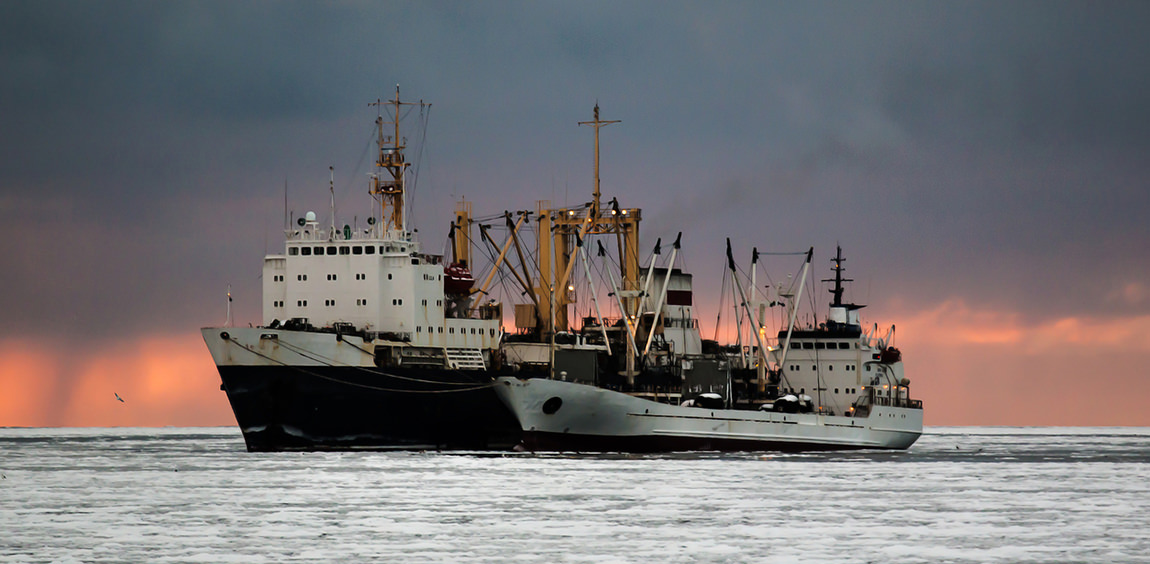
Transshipment often takes place at sea, far from the oversight of authorities. By allowing operators to avoid trips back to port for fuel and offloading, this transfer of catch between vessels helps distant water fishing fleets operate more efficiently across vast stretches of ocean. However, limitations in effective monitoring and controls leave opportunities for dishonest actors to manipulate data about their fishing practices, or simply not report the full extent of their catch. Using machine learning and satellite data, Global Fishing Watch is shedding new light on this historically opaque activity.
The transshipment challenge
A lack of transparency around inter-vessel transfers can lead to illegal, unreported and unregulated fishing and other crimes, including drug and weapons trafficking and forced labor. Insufficient data and inaccurate reporting of catch can result in skewed stock assessments that impact conservation and management across valuable fisheries. These gaps can also impede traceability efforts, since illegally caught fish is often mixed with legal catch.
Machine learning solutions
To better understand transshipment at sea, Global Fishing Watch applies its machine learning technology to analyze tens of millions of global position system data points broadcast by fishing and carrier vessels every day. By studying vessel positions and behaviors, users are able to identify when and where vessels meet up at sea. Global Fishing Watch publishes these events to support those seeking to verify transshipment activities—helping to reduce opportunities for unauthorized transfers of fish products and identify when activity is not being adequately reported.
Research Lead
Contributing Team
Papers
Datasets
Recent Work
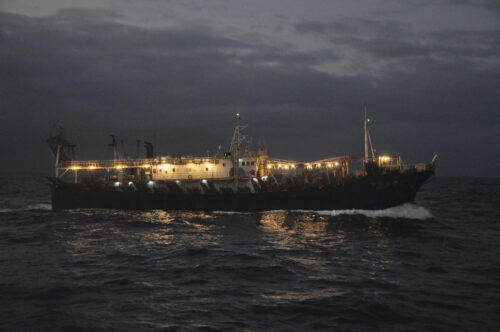
Rise in Unregulated Squid Fishing Poses Challenges—and An Opportunity
Highly mobile fisheries present more possibilities for data-driven approach to inform regulation.
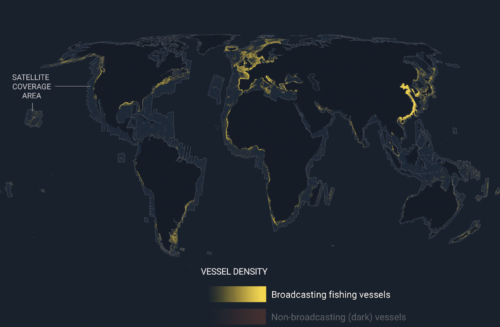
Emerging technology gives first ever global view of hidden vessels
Satellite radar and machine learning publicly reveal previously unseen vessel activity around the world Washington, D.C. – Global Fishing Watch has developed and publicly released the first ever global map of previously undetected dark fleets,
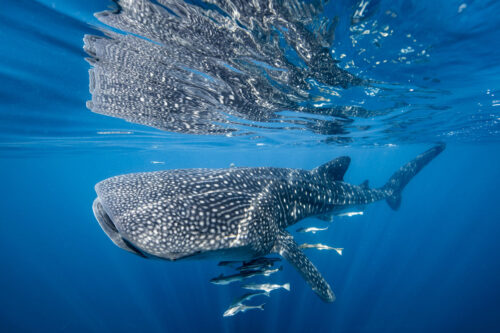
Satellite Technology Can Reveal Collision Risks for Whale Sharks
Global Fishing Watch data helps researchers link shipping traffic to whale shark fatalities The whale shark is the world’s largest fish, with adults weighing up to 5,000 pounds and reaching up to 20 meters in
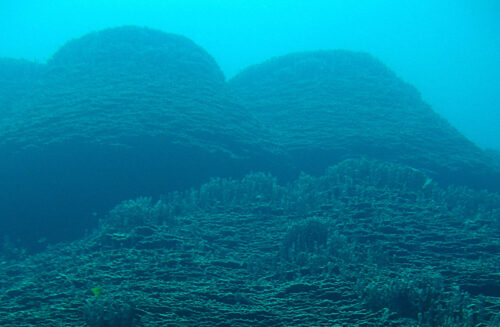
Satellite Data Casts Light on Seamounts at Risk
Emerging tools and datasets help quantify fishing pressure and can inform management at remote, unmonitored seamounts Seamounts—large underwater mountains— hold vital biological diversity, but they also contend with heavy exploitation. Numbering in the tens of